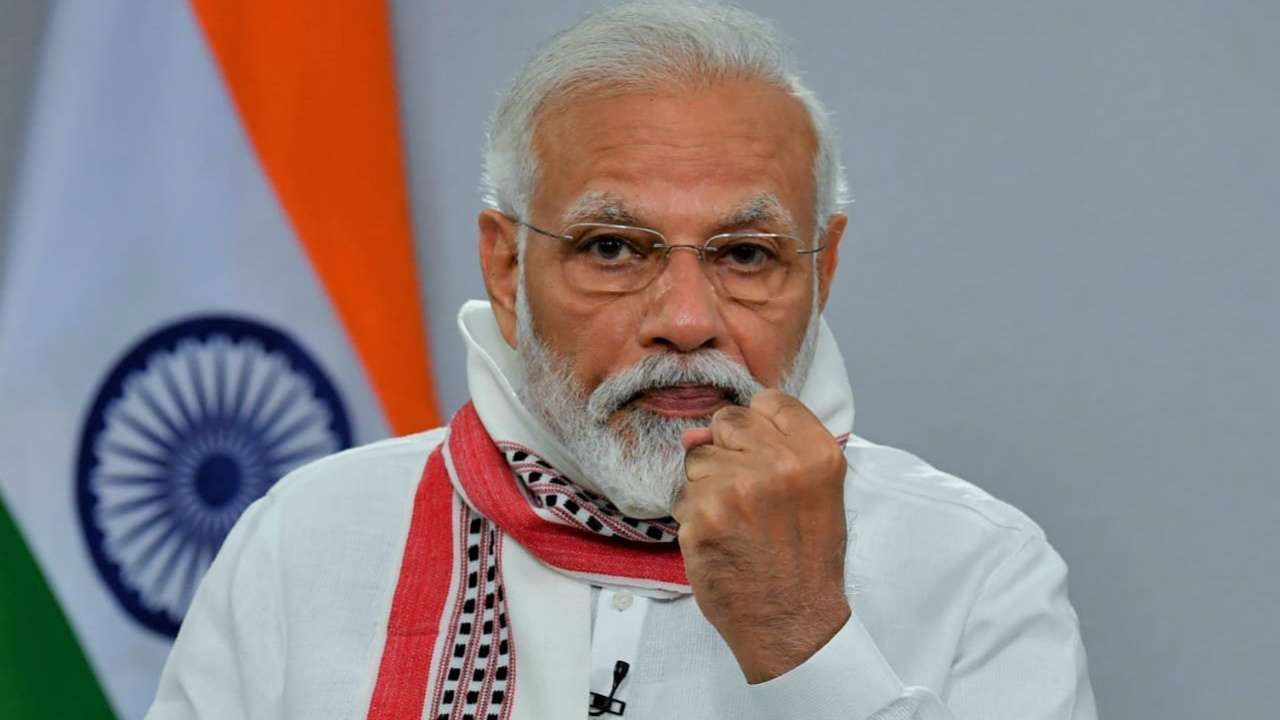
PM introduces module in AI, freedom to enter, exit course

Prime Minister Narendra Modi marked the completion of one year of reforms under the National Education Policy 2020 by making a slew of announcements on Thursday (July 29).
The National Education Policy replaced the National Policy on Education framed in 1986. The new policy intends to transform education in schools and colleges and make India a global knowledge hub.
On Thursday, the Prime Minister addressed students and teachers via video conferencing. The most important decision was with regards to reservations in medical courses. Modi announced 27% reservation for other backward classes (OBCs) and 10% reservation for economically weaker sections (EWS) for undergraduate and postgraduate medical/dental courses (MBBS / MD / MS / Diploma / BDS / MDS) from current academic year 2021-22 onwards.
Besides, Modi declared that engineering courses will now be taught in 11 regional languages, primarily for the benefit of the backward classes, Dalits and poor.
Considering the need of the future, Modi launched a basic course in artificial intelligence (AI), which aims to educate all citizens of India in the subject. He said the course will open doors to an AI-driven economy and bring a much-needed digital revolution in India.
The PM gave students the flexibility to change subjects of learning midway through their education programme. “The Academic Bank of Credit will give students the option to enter or exit a particular stream of education. One can select their course and can exit if they are not interested,” Modi said.
The government has tried to bring people with disabilities into the main stream by giving Indian Sign Language the status of a language subject. It will now be available as any other language subject. Modi said that about 3 lakh students will benefit from the course.
Among other things, the Prime Minister announced Vidya Pravesh, a three-month play-based school preparation module for Grade 1 students.

